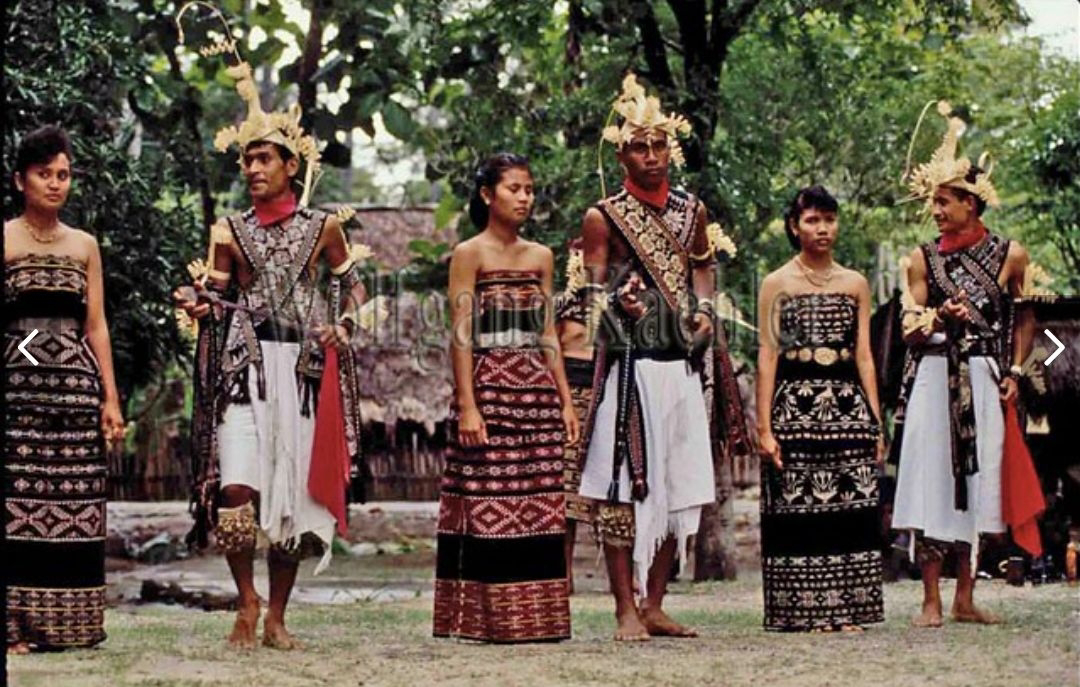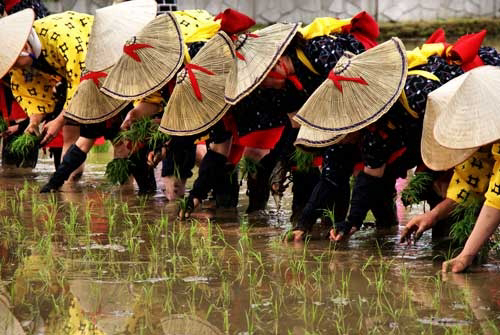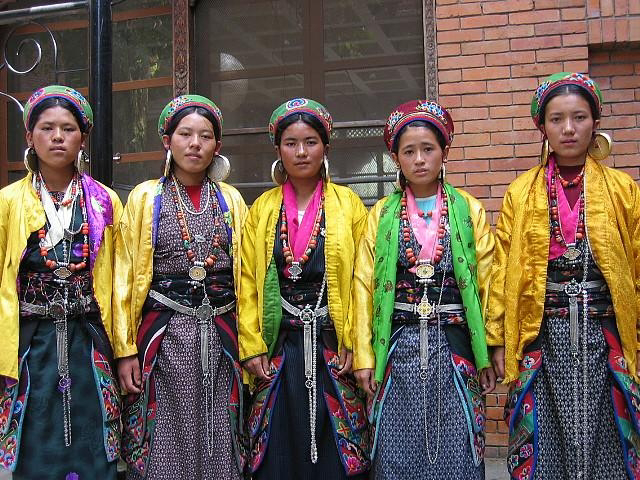The Emerald Steppes.
Rice is more than just a grain. For Asians, rice is mana. Rice is a sacred sustenance absorbed into the very essence of our collective soul. It nourishes not just our bodies, but our spirits, our histories, our identities. The Banaue Rice Terraces, a breathtaking cascade of emerald steppes etched into the Philippine mountains, embody this profound connection.
Located in the Cordilleras region of the Philippines, the Rice Terraces are often referred to as the "Eighth Wonder of the World". Spread out over 10,000 square kilometers and carved into the mountains of the Ifugao Province, the cluster of terraces cover the regions of Banaue, Batad, Bangaan, Mayoyao, Hungduan, and Nagacadan. Dating the terraces is a continued discussion among historians, but some researchers estimate them to be a little over a thousand years old.
These rice terraces are an engineering marvel. Not much is known about the ancient technology used to carve the mountains but we do know they were crafted by hand; due to the steepness of the slopes workers would have had to carry rocks and move soil using their barehand without the use of animals or carts. Irrigation takes water from the top of the mountain and mini aqueducts precisely allow flow through each steppe without overspill.
Rice farming is a venerated tradition to the Ifugao people. Their traditional chant the "Hudhud" melodically dictates stories of the Ifugao people, their ancestors, and their way of life. These narratives preserve intricate knowledge about rice cultivation, irrigation techniques, and the delicate balance between their community and the environment.
Although designated as a UNESCO World Heritage site in 1995, the terraces have seen better times. Young Ifugao families are no longer interested in maintaining their ancestral rice properties, and instead leave for urban areas, such as Manila, to earn a living. The Philippine Government has since stepped up in recent years to create programs to support Ifugao farmers, which has helped remove the site from the UNESCO "endangered" heritage list, however, challenges persist.
I long for the day when I can finally see these megalithic masterpieces. The beauty and resilience of the Filipino spirit is embedded deep within the valleys of these nourishing and spiritually calming shelves of viridian splendor, it would be a shame to miss that before it vanishes forever.
As a child growing up in the Philippines, I was led to believe no other such "wonder of the world" ever existed. Textbooks, in my time, never mentioned any other rice terraces, so, I assumed the rice terraces were always exceptionally and truly Filipino.
Apparently, I was wrong.
Rice Terraces of Asia
Jatiluwih Rice Terraces by the Bali Aga tribe (Indonesia): Located in Bali, these sprawling terraces offer a serene and less crowded experience, also recognized as a UNESCO World Heritage Site
Sa Pa Rice Terraces by the Dao tribe (Vietnam): Nestled in the mountains of northern Vietnam, these terraces offer breathtaking views and opportunities to interact with local hill tribes.
Longji Rice Terraces by the Yao tribe (China): Known as the "Dragon's Backbone," these terraces in Guangxi Province offer stunning panoramic views.
Hamanoura Rice Terraces (Japan): Facing the ocean, these unique terraces on the Genkai Sea are a testament to Japanese agricultural ingenuity.
Kathmandu Valley Rice Terraces by Tamang Tribe: Terraces surround villages like Nagarkot on the rim of the Kathmandu Valley, Nepal offering stunning views.
In China, rice terraces are believed to connect heaven and the earth, while in Indonesia or Vietnam, they are seen as offerings to the spirits who ensure bountiful harvests. This shared reverence for the land and its bounty speaks volumes about the interconnected belief systems shaped by a common Asian ancestry.
Genetic studies and migration theories reveal connections between populations of the Philippines, Indonesia, Vietnam, and indigenous regions in China and Nepal, hinting at ancestral ties that bind them to the land and its cultivation methods.
By recognizing the shared heritage woven into these majestic landscapes, we can ensure their survival and continue to marvel at the enduring legacy of human cooperation with nature, a legacy that transcends borders and speaks to the interconnectedness of cultures throughout the centuries.

















Comments
Post a Comment